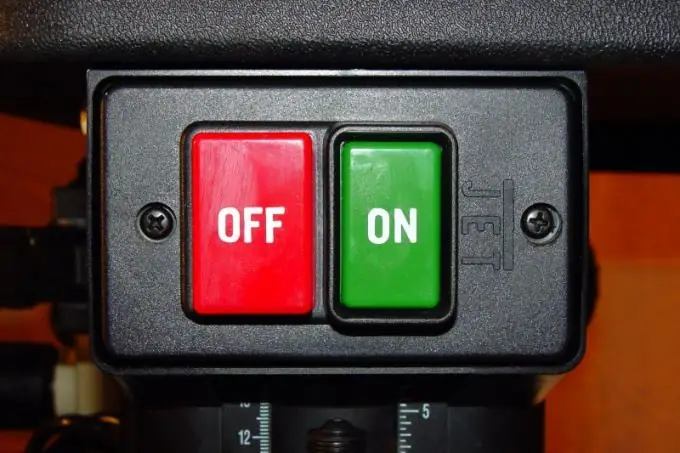- Author Lauren Nevill [email protected].
- Public 2023-12-16 18:48.
- Last modified 2025-01-23 15:15.
Unfortunately, in some parts of Russia there are still places where there is no normal unlimited tariff. In such cases, users make a logical decision - to minimize traffic by disabling pictures. Let's consider this problem using the example of the most popular Internet browsers.

Instructions
Step 1
In Opera, if you want to turn off images on the current page, click View> Images> No Images. If you want the pictures not to appear at all, click the menu item "Tools"> "General settings" (or press the hotkeys Ctrl + F12), select the "Web pages" tab and in the "Images" drop-down menu select "No images" … Click OK to save your changes.
Step 2
In Internet Explorer, click Tools> Internet Options, and then select the Advanced tab. In the list of "Options" find the "Multimedia" group (it is the third from the top), and in it the item "Show images". Uncheck the box next to this item. For the changes to take effect, click on the "Apply" button, which is located in the lower right corner of the window, and then OK.
Step 3
In Mozilla Firefox, click the main menu item "Tools"> "Options", and then select the "Content" tab and uncheck the item "Automatically download images". Pay attention to the "Exceptions" button, which is located to the right of this item. If you click on it, a new window will appear in which you can specify a list of sites that are not subject to image blocking. To save the changes made in this window, simply close it. And in the settings window, you need to click OK.
Step 4
In Google Chrome, click on the wrench button located in the upper right corner of the program, and then select "Options" in the list that appears. In the new window, select the "Advanced" tab, find the "Personal Data" area and click on the "Content Settings" button located in it. In the next window, find the "Pictures" section and select "Don't show images". Changes have been made, now you just have to close all windows and tabs with settings.






